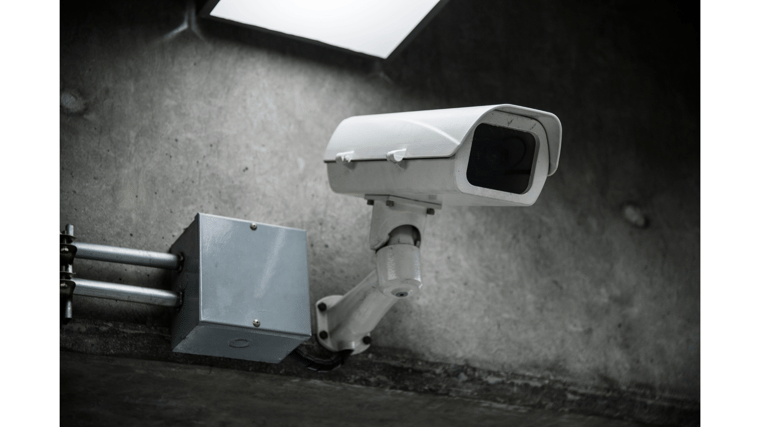Exchanging information has become a norm in our interconnected world, but safeguarding data integrity and confidentiality from sophisticated cyber attacks with robust cybersecurity mechanisms has also become paramount.
One such indispensable tool is Intrusion Detection Systems (IDS), which often go hand-in-hand with Intrusion Prevention Systems (IPS). Find out more about IDS below.
Read: Understanding Intrusion Prevent Systems (IPS)
Understanding Intrusion Detection Systems
IDS are a security mechanism that monitors network traffic or system activities for malicious activities and policy violations. It serves as a vigilant guardian, tirelessly scanning the digital environment for any signs of unauthorized access, misuse or anomalies that could indicate a potential security breach. Think of IDS like a video surveillance system. However, unlike IPS, IDS don’t take actions to prevent these attacks from occurring; it only identifies the quantity and types of attacks.
By actively scrutinizing packets of data traversing the network or inspecting system logs, IDS can swiftly identify and alert administrators to suspicious behavior, allowing them to intervene and take actionable mitigation promptly. IDS empower companies to stay one step ahead of malicious actors, safeguarding their digital assets and preserving their networks’ integrity by providing an extra layer of protection.
5 Types and 2 Methods of Intrusion Detection Systems
The five types of IDS are based on where they’re placed in the system, the activity they monitor and how they monitor them.
- Network-based IDS (NIDS): This type operates at the network level, analyzing inbound and outbound traffic coming to and from all devices connected to the network. NIDS typically deploy sensors at strategic points within the network to intercept and inspect data packets in real-time, such as behind firewalls or at the network perimeter, to detect suspicious patterns or signatures indicative of known threats. Once a potential threat is identified, an alert is sent to the administrator.
- Host-based IDS (HIDS): This type focuses on monitoring the activities and events transpiring within individual host systems or devices. By examining system logs, file integrity and application behavior and comparing them to previous snapshots, HIDS can detect unauthorized access attempts and anomalous activities occurring at the host level, including file deletion or modification.
- Protocol-based IDS (PIDS): This type monitors connection protocols between servers and devices. It’s usually installed on the front end of a web server to monitor inbound and outbound traffic.
- Application protocol-based IDS (APIDS): This type works at the application layer and monitors application-specific protocols. It’s installed inside the web server and looks at the communication between the server and applications.
- Hybrid IDS: By combining two or more IDS solutions, companies can adopt a comprehensive approach to intrusion detection, providing a robust defense against a wide range of cyber threats.
There are also two detection methods for Intrusion Detection Systems.
- Signature-based: Signature-based IDS detect possible threats by examining specific patterns or intrusion sequences and comparing them against a database of known threats. However, new threats can’t be detected, as there is no known signature to compare against, so companies must regularly update the database with new threat intelligence.
- Anomaly-based: Anomaly-based IDS detect unknown attacks, specifically malware and zero-day attacks. It often uses machine learning to create a defined model of normal, reliable activity and then compares a large amount of traffic behavior against this model to find suspicious activity. However, this is notorious for creating false positives; unknown but legitimate behavior can get accidentally flagged.
Benefits of Intrusion Detection Systems
- Detect cyber threats: IDS can help detect suspicious activities and quickly alert the administrator before any significant damage is done. It can also help identify bugs and flaws in the network so you can improve your security defenses.
- Improve network performance: By monitoring network traffic and identifying performance issues early, IDS can help improve network performance.
- Compliance requirements: With visibility into the networks, IDS can also help meet compliance requirements, which often require monitoring network activity.
Challenges of Intrusion Detection Systems
IDS is not without its issues. False positives can be a nuisance, as they can lead to unnecessary alters and potentially distract from real threats. False negatives, on the other hand, are way more dangerous and disruptive, as they can allow a real attack to go unnoticed, potentially leading to data breaches or other security incidents.
IDS also take some time to set up and properly configure them to detect anomalies against normal network traffic. This helps avoid false positives and negatives, but sophisticated, evolving cyber attacks mean constantly updating IDS.
Thriveon Can Help Protect Your Business with Intrusion Detection Systems
IDS are only one facet of a robust cybersecurity plan. Implementing them and updating it can take time and resources, which is why partnering with a managed service provider like Thriveon is an excellent option.
With our proactive managed IT and cybersecurity services, we can help you implement and maintain IDS, aligning your business with 500 IT best practices to ensure you can protect yourself against cyber attacks.
Schedule a meeting with us now for more information.

